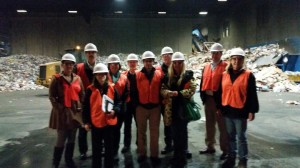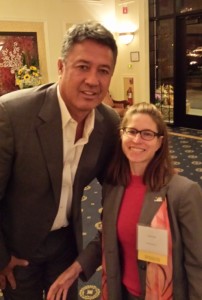In the midst of the Sony hack, this seems like a good time to review “Cyber safety”. It’s a realm that impacts businesses and individuals on small and large scale. Beyond embarrassing and expensive, Sony has shown us the mushroom cloud that potentially hovers over each instance.
A joint effort is necessary.
The following blog is adapted from The US Department of Homeland Security’s “Stop. Think. Connect” site.
The Stop.Think.Connect.™ Campaign is a national public awareness effort to guide the nation to a higher level of Internet safety by challenging the American public to be more vigilant about practicing safer online habits. The Stop.Think.Connect. Campaign’s overarching goal is to help Americans understand not only the risks that come with using the Internet, but also the importance of practicing safe online behavior.
To understand and practice cybersecurity, individuals must be able to recognize risks, threats, and vulnerabilities that exist online and their impact at a national and individual level.
Who: Malicious actors intend to cause harm in cyberspace, such as a hacker stealing personal information. Benign actors accidentally cause harm to a network, system, or the Internet, such as an employee who accidentally downloads malware onto their company’s network.
What: Malicious actors exploit the anonymity and vulnerabilities of the Internet using methods that range in sophistication from botnets to viruses. Benign actors introduce threats through simple actions that can range from clicking on an unknown link to using a USB drive.
When: It is impossible to predict when a cyber incident will occur.
Where: Cyberspace, often interchanged with “the Internet” is created by and accessible through computer networks that share information and facilitate communication. Unlike the physical world, cyberspace has no boundaries across air, land, sea, and space.
Why: Benign actors unintentionally and often unknowingly cause harm while malicious actors may have a range of motives, including seeking confidential information, money, credit, prestige, or revenge. There are many risks online, some more serious than others. The majority of cybercriminals are indiscriminate; they target vulnerable computer systems regardless of whether they are part of a government agency, Fortune 500 company, a small business, or belong to a home user.
To minimize risk:
o Set strong passwords, change them regularly, and don’t share them with anyone.
O Keep your operating system, browser, and other critical software optimized by installing updates.
O Maintain an open dialogue with your friends, family, and colleagues about Internet safety.
O Use privacy settings and limit the amount of personal information you post online.
O Be cautious about offers online–if it sounds too good to be true, it probably is.
For more on best practices related to identity theft and related resources, please visit www.hvshred.com


